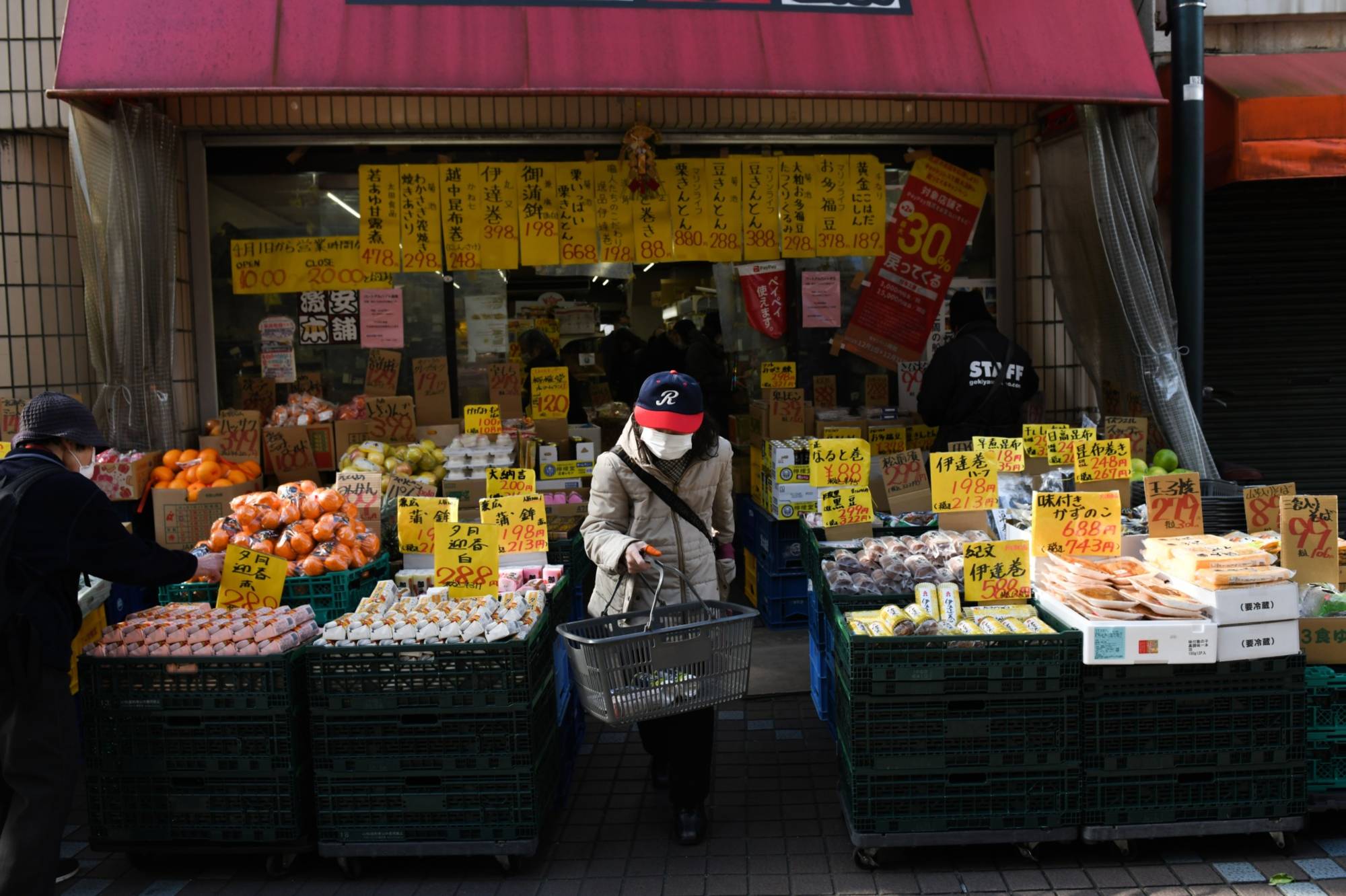The rise in the cost of living in Tokyo matched its fastest pace in the last two years in February, driven by higher energy prices that could climb further in the coming months following the Russian invasion of Ukraine.
Excluding fresh food, consumer prices in the capital increased 0.5% from a year earlier as utility bills soared, the internal affairs ministry said Friday. That outpaced a 0.4% gain expected by economists.
Even if the faster pace is reflected at the national level, price growth will remain far behind the global trend and the Bank of Japan’s 2% target.

















With your current subscription plan you can comment on stories. However, before writing your first comment, please create a display name in the Profile section of your subscriber account page.